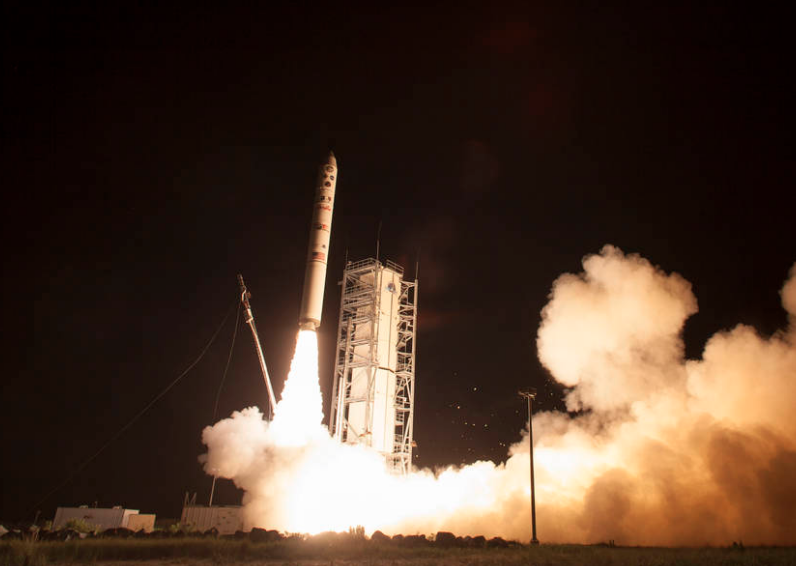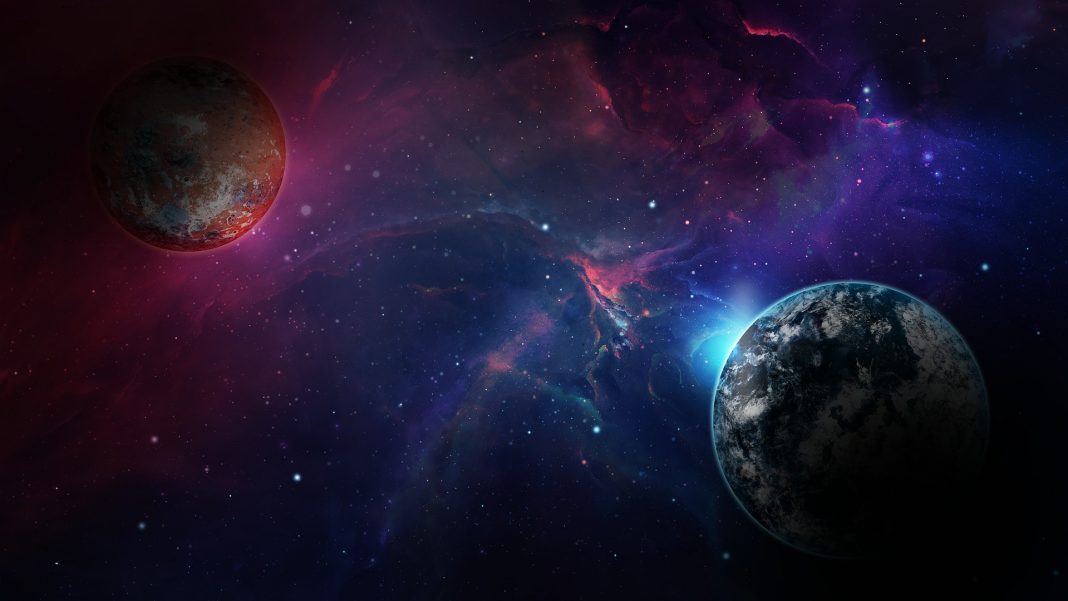It’s been over four decades since we last set foot on the moon, but it looks like we could soon be revisiting the extraterrestrial body. Not only is the moon a great place to start exploring space, but also a fantastic point to start thinking about a more permanent living solution. It’s not just NASA that are planning expeditions either. The United Launch Alliance is a joint venture between Lockheed Martin and Boeing and together are planning to build a lunar fueling station up there that can cater for 1,000 people living in space.
All of these ideas are due to be in full swing within the next 30 years. With companies like Google offering a share of $30 million cash prize for anyone who can come up with the best ideas to launch rovers to the moon, of course, everyone wants a piece of the action. Currently, all space missions are launched from Earth, but because our planet’s gravitational pull is so strong a rocket needs to travel at a speed of 25,000 miles per hour (11 kilometers per second) just to get it into orbit. Another issue with launching from Earth is that any spacecraft would have to carry enough fuel to be able to get to its destination and back again, and fuel is heavy! If there was a way of refueling in orbit, more cargo or people could be loaded onto the spacecraft instead of the extra fuel.
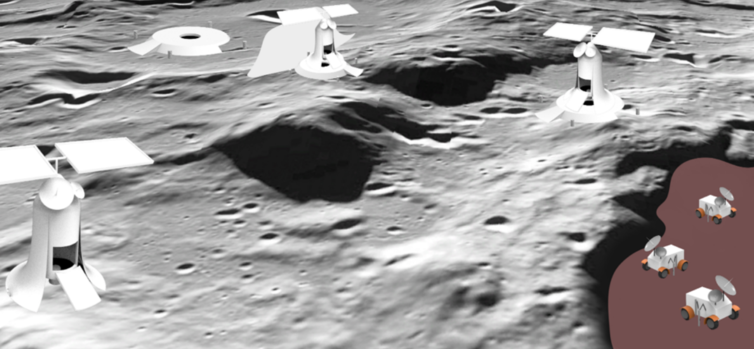
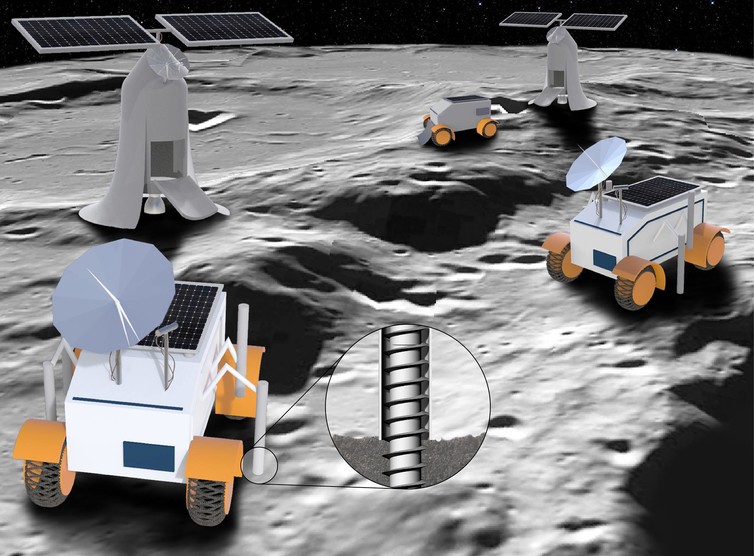
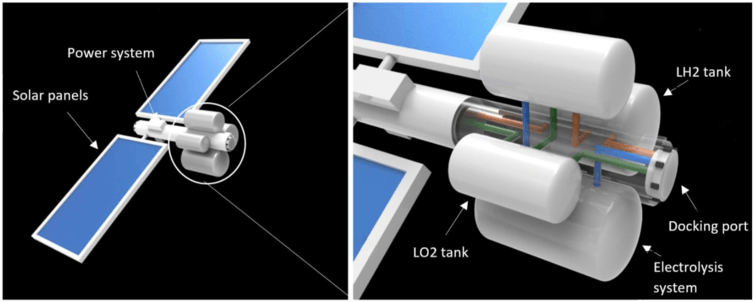
The moon is an attractive alternative base for many reasons. One is that it has one-sixth the gravity of Earth. Another is that it also has ice which can be transformed into a hydrogen-oxygen propellant that’s used in many rockets. Experts have already thought of installing big mirrors on the crater’s of the moon to illuminate solar panels in which to power rovers and allow mining of the ice. Once we’ve figured out where the best ice reserves are we can then think about building small robotic moon bases there that could mine ice and make the propellant in which to be used in the passing spacecraft. A shuttle delivery system could also be introduced and once enough fuel was being produced a space gas station would be built. NASA is already working on this concept and are hoping to have a depot like this in place by the early 2030’s.
There’s even a fuel-efficient plan on the place for getting spacecraft from the Earth’s orbit to the depot that involves using a solar-powered electric thruster and a solar electric propulsion tug. This method would allow spacecraft to triple their current payloads and save billions of dollars and years of time. The building of a space gas station between here and the moon would also lower planned Mars mission costs and beyond. Spacecraft will be able to carry much more cargo than ever before as less fuel will be required making further missions to places such as Saturn or Jupiter much easier to carry out.
More News to Read

